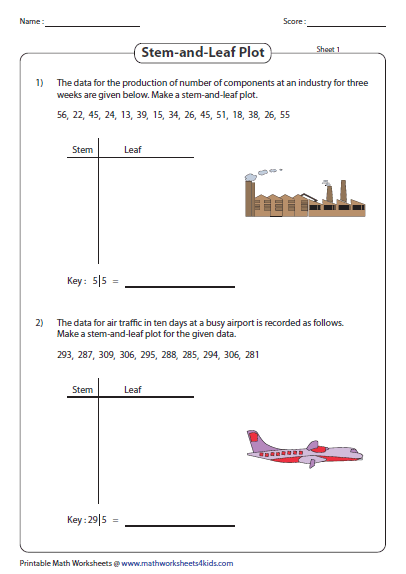

Therefore, mention all the leaves with the stem they are associated with and cross-check it against the given data to make sure if you have written all the figures. Stem plots plot vertical lines at each x-axis location from the baseline to the y-axis, and place a marker there. Since a single stem can have multiple leaves. Step 04: Cross-check the data from the table In this way, you will end up splitting the data. Mention all the stems in the left column and all the leaves in the right column. Now draw a vertical line giving you two columns. Step 03: Draw a vertical line and write the stems and leaves In contrast, the second digit of each number would be considered as the leaf. You can specify that each stem only uses one line by using the lines() command: stem. This produces the following stem-and-leaf plot for all of the values for mpg: By default, Stata splits the stems into multiple lines. Type the following into the Command box and click Enter: stem mpg. Since there are two digits in each number, you can split the numbers and identify the first digit as the stem. Step 2: Create a stem-and-leaf plot for the variable mpg.

This means splitting the data (numbers) into two parts. Proceed as in the Histogram tutorial to get the following JMP output: Click the red arrow next to Percent and select Stem. Now all you need to do is identify the stems from the data. All you need to do is identify the smallest and the largest numbers from the data, which are 7 and 43, respectively.

Let’s consider the example mentioned in the above picture. Step 01: Identify the largest and smallest numbers in the data Thus, if you plan to create your own diagram, you can follow the below-mentioned steps one by one. The Stem and Leaf plot is not complex anymore.


 0 kommentar(er)
0 kommentar(er)
